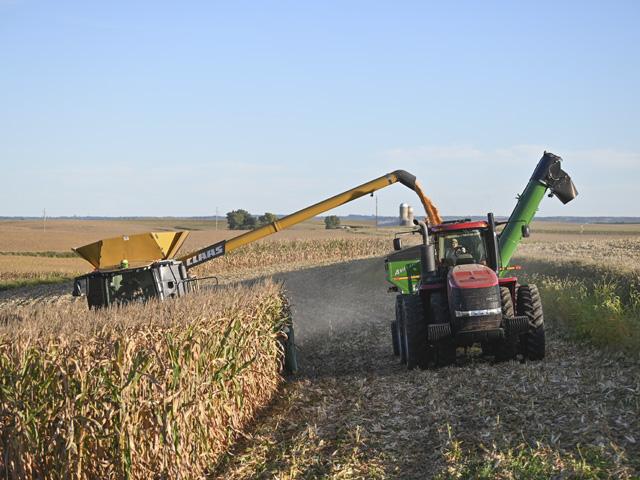South America Calling
Limited Rain for Those in Need in South America
It continues to be dry in a lot of both Argentina and Brazil. Those currently with decent soil moisture are found in pockets of southeastern Argentina and far southern Brazil. Others are modestly short to extremely short in soil moisture and need extensive rain before they even begin to think about planting. Cold weather and occasional frosts and freezes have been holding back some producers as well. And the situation is not improving during the next two weeks.
The irony is that systems are still moving through Argentina and southern Brazil with relative frequency. But the precipitation being produced by the systems has been awfully low and spotty. The benefactors have been in eastern portions of the state of Buenos Aires in Argentina, and the state of Rio Grande do Sul in southern Brazil, the latter of which is still recovering from historic flooding in May.
Those two states are also the main beneficiaries of the weather forecast for the next couple of weeks. A system developing in Argentina Aug. 30 will move into Rio Grande do Sul for Aug. 31, closing out the winter season with scattered showers. Rainfall amounts look paltry, less than 15 millimeters (0.60 inches). But in the northern half of the state of Buenos Aires, amounts may close over 25 mm (about 1 inch). The southern end of Entre Rios in Argentina may luck out with similar amounts. The front to that system will bring some limited showers to Rio Grande do Sul Aug. 31, but with likely less than 15 mm of precipitation.
Another front will move through Argentina Sept. 2, but this front is not forecast to produce much, if any rain. The front does stall out over Rio Grande do Sul though, and may produce some rain Sept. 4 but then washes away. Another front moves through Argentina Sept. 6. That one is also forecast to produce limited or no rainfall over most of Argentina, before getting into Rio Grande do Sul Sept. 7-8 where a streak may be possible.
P[L1] D[0x0] M[300x250] OOP[F] ADUNIT[] T[]
The limited areas of rainfall, mostly coming to small areas with streaks of anything considered heavy enough to be beneficial, continues to threaten much of the continent's growing areas with a dry start to the planting season. That may be especially true if these fronts cannot produce rain in central Brazil ahead of soybean planting. Even the state of Parana, in southern Brazil, has been very dry this winter and soybean planting is likely to be delayed due to the dryness. Delays would lead to a reduced window to harvest and plant their second-season (safrinha) corn crop.
Areas farther north, including the state of Mato Grosso, Brazil's largest producer of both corn and soybeans, has had nearly no rain since mid-April and is in desperate need for rain to fall before the wet season begins in late September or early October.
Priming rains are usually beneficial before the daily showers begin, allowing producers to begin planting ahead of the start of the wet season. This year will be more important for that, but the forecast is not favorable.
Longer-range models do not have rain beginning to fall in Mato Grosso's primary growing areas until the last few days of September or the first few in October depending on the model. Though that may mean that the wet season arrives on-time or just a couple of days late, it does not give producers there much of a window in which to plant. And those that do not have irrigation will likely have to wait into October to get started with planting.
That could have serious consequences for the safrinha corn and cotton crops in 2025 if that occurs and also bears watching closely.
Brazilian consultancy group AgRural and Argentina's Buenos Aires Grain Exchange have both noted that full-season corn planting has started in both countries, but also note that dry conditions are keeping planting at a slower-than-normal pace.
In talking with several Argentinian farmers this week at the Farm Progress Show in Boone, Iowa, they noted the dry conditions will delay their corn planting. They also suggested that last year's invasion of corn leafhoppers, a pest that wiped out much of the good gains that the country was hoping for last season, may reduce corn acreage this year as well.
As the market turns its focus from the Northern Hemisphere crop to the Southern Hemisphere, the threat of dry conditions during planting, and the potential for delay in the soybean planting in Brazil, may start to get more attention going forward.
To find more international weather conditions and your local forecast from DTN, visit https://www.dtnpf.com/….
John Baranick can be reached at john.baranick@dtn.com
(c) Copyright 2024 DTN, LLC. All rights reserved.






Comments
To comment, please Log In or Join our Community .